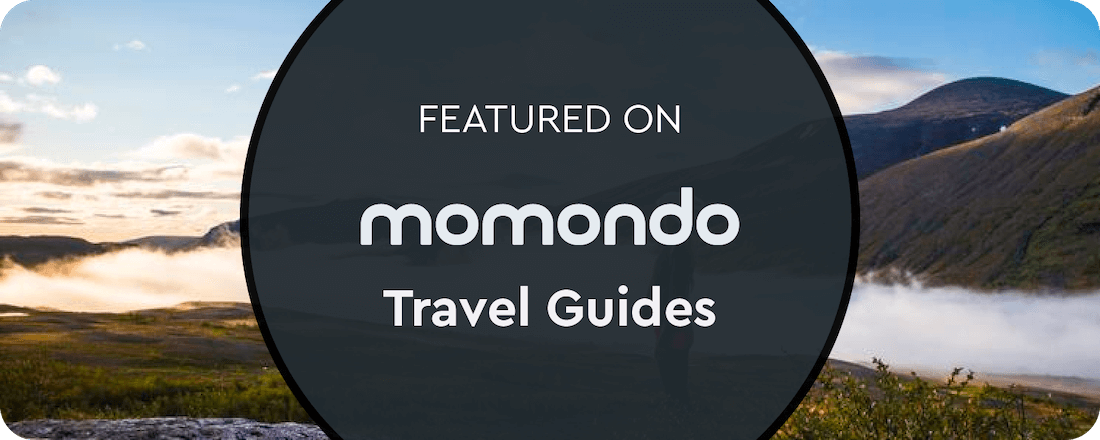Mantadia National Park
First time visitors to Madagascar should spend at least two nights in Andasibe, and go to the Mantadia National Park. The Park is home to the loudest and most famous animal the Indri (Indri indri) jumping through the tree tops, whose calls reach far away through the forest and awake many guests in the morning. Within a 3 km of the park can hear the peculiar call of the indri very early in the morning until noon and again in the late afternoon. Indris (called Babakoto in Malagay) are the largest living lemurs at all reaching up to 1 meter. Andasibe is the best place to observe the Indris given that there are a couple of families habituated to humans. It lives in small groups and cannot survive in captivity. There are several legends trying to explain its origins since it is considered a sacred animal in the whole Madagascar. Nowadays it is endangered.
Diademes sifakas (Propithecus diadema) and black and white ruffed lemurs (Varecia variegata) live inside these rainforests, too. All three species as well as 11 others, such as woody lemur, grey bamboo lemur, diademed sifaka, brown lemur, red mouse-lemur, red-bellied lemur and even aye-aye, can be watched inside the national park quite well, but they will rarely come closer than ten meters distance. In other words, with a little bit of luck and perseverance, one can see 8 to 11 different lemurs at this one site — a good start to any lemur-watching tour.
Birdwatching is also exceptionally good at Mantadia, especially in September and October when the ground-rollers (Brachypteracias) are visible. Over 100 species of birds make the reserve their home, many of which are endemic such as: Madagascar green sunbird, Madagascar falcon, Madagascar long-eared owl, Madagascar yellowbrow, Madagascar baza, Madagascar wagtail or the Madagascar serpent-eagle.
The extraordinary animal diversity is completed with another 15 mammal species, 50 of reptiles, the boa manditra and many leaf-tailed geckos and more than 80 amphibians. Reptile lovers will be lucky to see the heaviest chameleon of Madagascar, the impressive Calumma parsonii, but also other chameleons like. Calumma brevicornis or Furcifer wilsii and the tiny nose-horned chameleon. Day geckos live all around the park and often you find them on huts and palm trees taking sun baths. The completely harmless Madagascar tree boa (Sanzinia madagascariensis) crawls on the ground and climbs trees here, too. Insect lovers can discover strange, only here occuring bugs like lantern bugs (Zanna pauliani) or the famous giraffe necked weevil (Trachelophorus giraffae).
The area claims a world record for the number of frog species, which include the brightly coloured golden mantella. Most reptiles and frogs are seen during night walks, particularly during the spring, summer and autumn months, September to May, when the nocturnal lemurs are at their most active. There are also a few local endemic fishes swimming in the small rivers and hundreds of insects, among them some extraordinary colourful and big butterflies.
Mantadia a vast tract of protected rainforest, has a hillier terrain, with established trails through its impressive forest. Scenic landscape with an ecotouristic attraction of various ranges by its different endemic flora which constitute a panorama of natural forest rich in biodiversity.
Do you prefer plants? Then Andasibe could be your favorite, too. The primary forests of Mantadia contains a dense humid forest covered with lians, moss, fern tress and more than hundred orchids species blooming between September and January. Another common plants growing here are pandanus, ravinala palm-tree, tambourissa, bamboos and some precious wood, like palisander and ebano. Rare orchids, a huge number of tree ferns and other endemic plants offer pure variety.
If you are willing to trek and enjoy a wilder and thicker forest with older and taller trees and not so many people, you will not be disappointed. In Mantadia (which gets as already mentioned a thinner flow of tourists) the forest stretches at an altitude from 900 to 1200 m and trails are varied: Sacred Waterfall Circuit (this is a cultural path passing through several holy places of the ancient inhabitants), Rianasoa circuit (you will spot indris and see orchids as well as visit the sacred waterfall and a nature pool where you can take a bath), Tsakoka circuit ( you will try to find more lemurs and other animals) and a night tour (1-2 hours), Belakato circuit (a harder trail going up and down while looking for indris and other species and passing by the waterfalls). It is also possible to arrange a one-day-trek visiting all the previous trail together.
Watch more photos about Mantadia National Park here.




